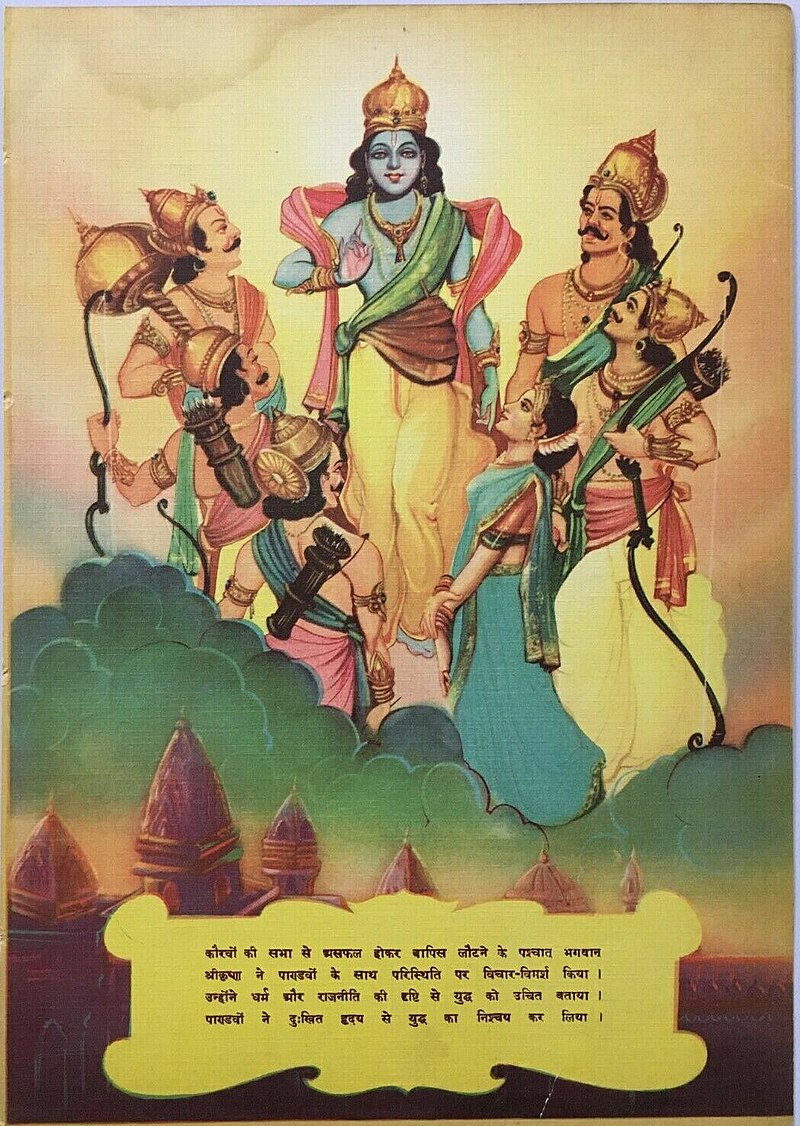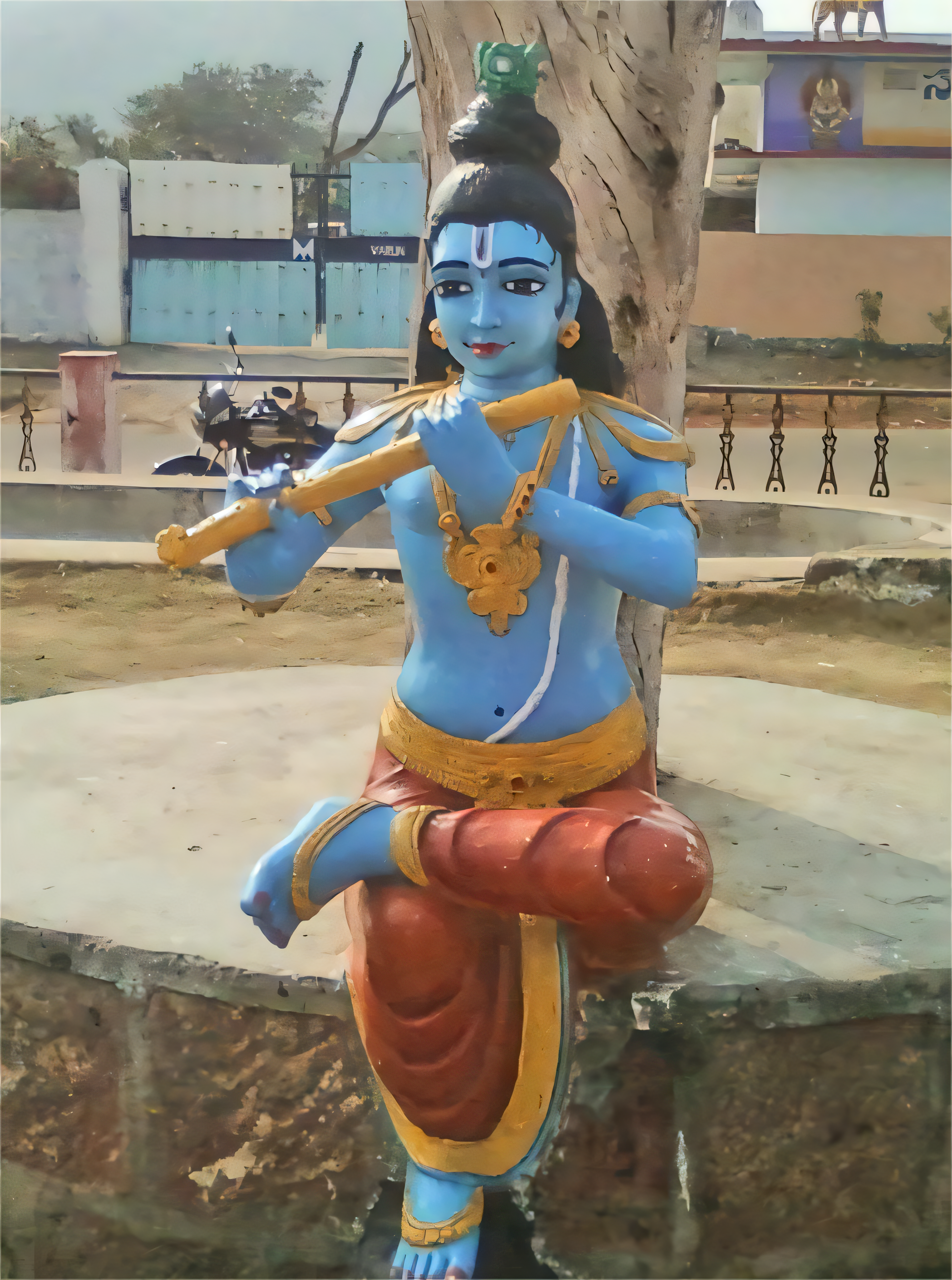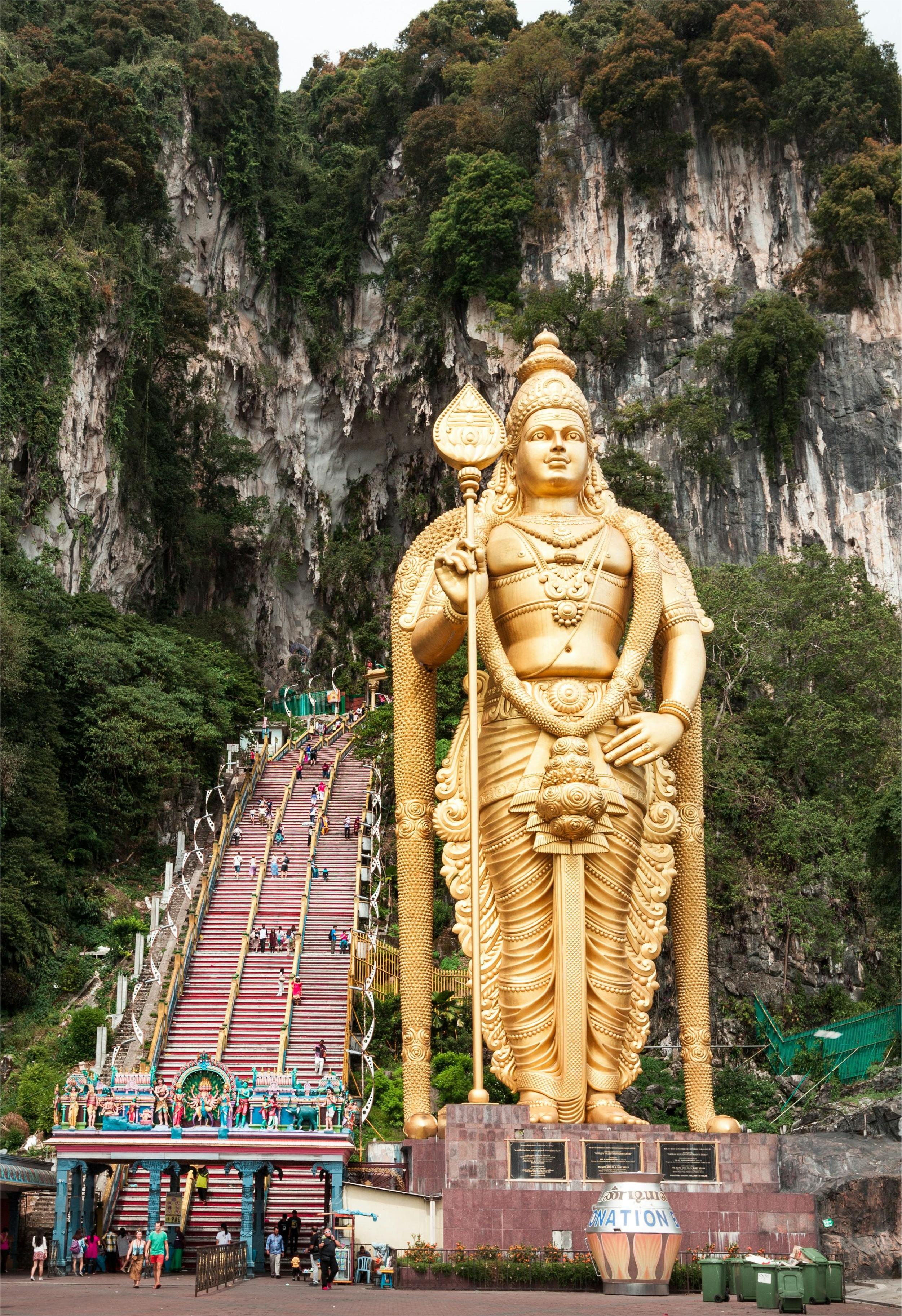Throughout history, the concept of God has been interpreted and portrayed in countless ways, reflecting the diverse beliefs and cultures that have shaped human understanding of the divine. From the majestic figures found in ancient sculptures to the serene representations in religious paintings, these images serve as windows into the spiritual aspirations and values of different societies. Each depiction not only reveals the attributes attributed to God but also invites contemplation on humanity's inherent desire for connection with something greater than itself.
As we delve into the myriad of God images across various religions and artistic expressions, we uncover layers of meaning that resonate deeply with the human experience. These representations challenge us to reflect on our own beliefs and the ways we perceive the divine. Whether seen as a distant creator, an intimate presence, or a force of nature, the many faces of God offer profound insights into the relationship between the sacred and the secular, inviting us to ponder not just who God is, but who we are in relation to the divine.

Cultural Perspectives on God
Different cultures have portrayed God through various images that reflect their unique histories, beliefs, and values. In many African traditions, God is often seen as an ancestral spirit, emphasizing community and connection. The images of God in these cultures frequently depict divine figures that embody traits of strength and wisdom, serving as guardians of cultural heritage and moral guidance. These representations cultivate a sense of belonging among the people, highlighting the importance of lineage and communal responsibility in their understanding of the divine.

In contrast, Western religions such as Christianity often depict God in more anthropomorphic forms, influenced by historical events and philosophical thought. The image of God as a father figure resonates deeply within Christian ideology, portraying qualities of love, authority, and protection. This perspective invites believers to cultivate a personal relationship with the divine, which is essential to their faith experience. https://www.god-images.in/category/god-lakshmi-devi-images are powerful tools for conveying theological concepts that foster connection, devotion, and a sense of belonging within the church community.
Eastern philosophies present a different interpretation of divinity, often emphasizing the concept of an impersonal God, or the idea that the divine is inherent in all aspects of existence. In God Ganesh Images , for example, God is represented in multiple forms, from the major deities like Vishnu and Shiva to the infinite manifestations of the divine. This polytheistic approach allows for a diverse array of expressions and experiences of the divine, affirming the belief that God can be understood through myriad perspectives. This rich tapestry of imagery encourages individuals to explore their understanding of God in a way that resonates with their personal and cultural identity.
Artistic Representations of the Divine
Throughout history, artists have sought to capture the essence of the divine through various mediums, reflecting the diverse understandings of God across cultures. From the ethereal works of the Renaissance to the vibrant colors of Eastern traditions, artistic representations serve as windows into the beliefs and spiritual experiences of different societies. These images not only illustrate religious narratives but also evoke emotions, inviting viewers to engage with the divine in a personal way.
Sculpture, painting, and architecture have been instrumental in shaping our perceptions of God. https://www.god-images.in/ , such as Michelangelo's Sistine Chapel ceiling or the intricate carvings of ancient temples, exemplify how artists imbue their works with sacred significance. These representations often incorporate symbolism, using elements like light, color, and form to convey complex theological ideas. As a result, they create a dialogue between the seen and the unseen, allowing believers and seekers alike to encounter the divine in tangible forms.
In contemporary art, the exploration of God images takes on new dimensions, challenging traditional representations while fostering inclusivity. Modern artists often blend different styles and cultural influences to create works that reflect the multiplicity of faith experiences in today's world. This evolving landscape of artistic expression allows for a richer understanding of the divine, encouraging a more personal connection to spirituality that transcends boundaries and unites diverse perspectives.
Psychological Impacts of God Images

God images play a significant role in shaping individual psychological well-being. The mental representation of God can influence a person's self-esteem, sense of security, and coping mechanisms. For many, a benevolent and loving God fosters feelings of comfort and assurance, helping individuals navigate life's challenges with greater resilience. Conversely, a God image associated with fear or judgment may lead to anxiety and feelings of unworthiness, affecting emotional health and interpersonal relationships.
Furthermore, the nature of one's God image often reflects and reinforces personal beliefs and values. Those who envision God as compassionate and understanding are more likely to cultivate empathy and kindness in their interactions with others. This can create a positive feedback loop, enhancing social connections and overall life satisfaction. In contrast, individuals with a punitive God image might grapple with guilt and shame, potentially leading to isolation or conflict within their social circles.
The diversity of God images also highlights the impact of cultural and social contexts on psychological development. Different faith traditions and personal experiences shape how individuals conceptualize the divine, affecting their worldview and mental frameworks. Understanding these various representations can aid in therapeutic settings, where recognizing a patient's God image might illuminate underlying issues and facilitate personal growth and healing.
